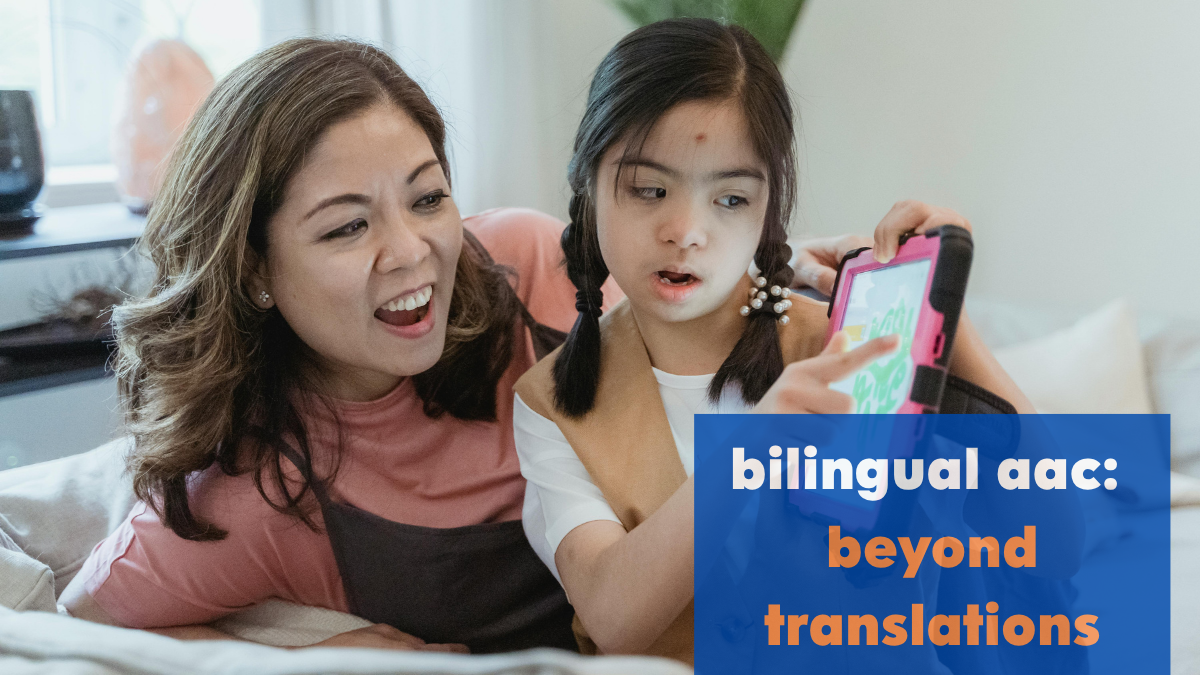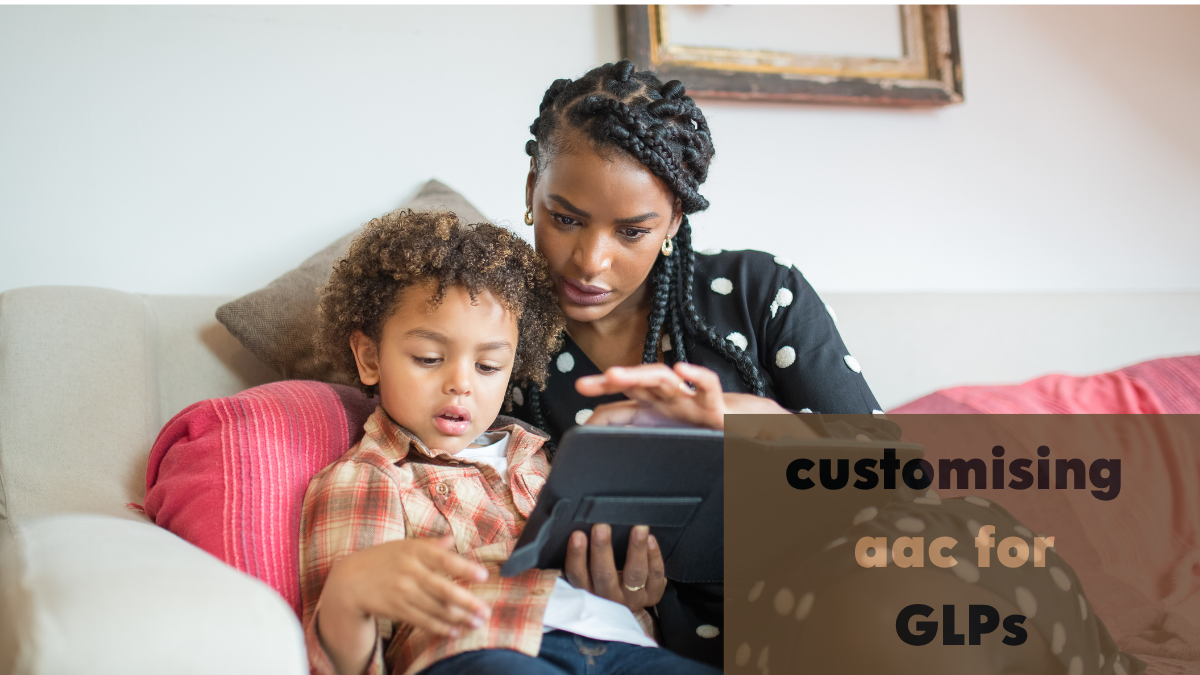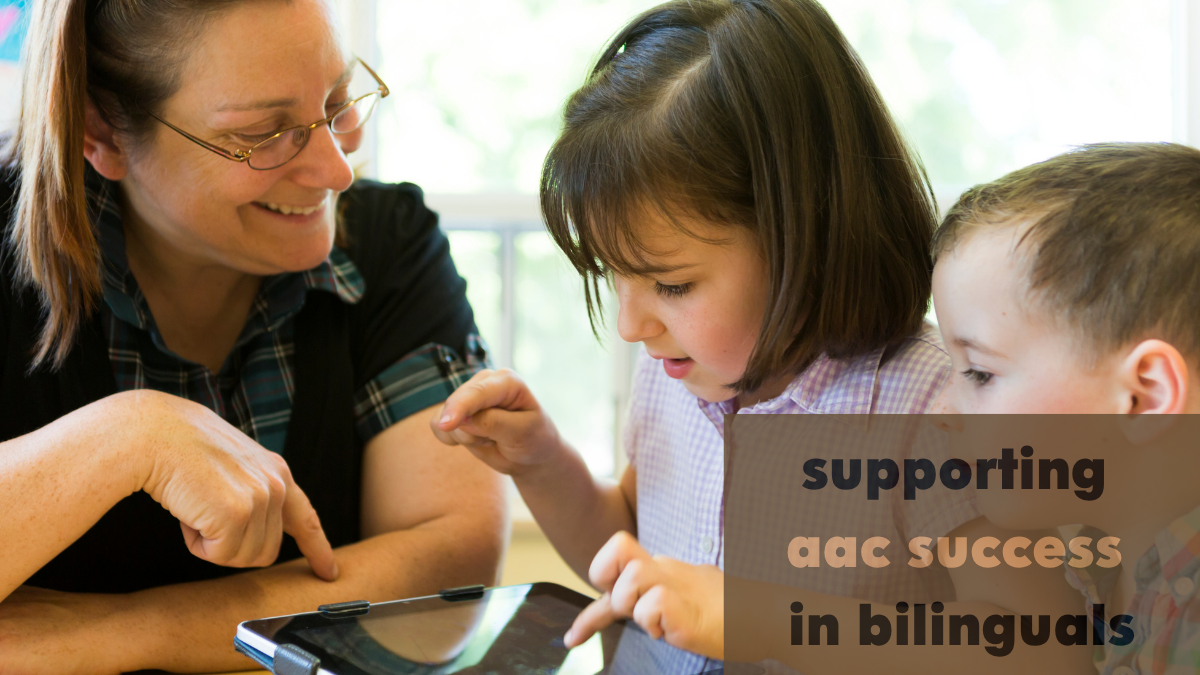When the whole world gets to use smart technology to simplify their lives, why should AAC users be left out? Alexa, Siri, or Google Assistant, AAC’s friendship with smart assistants is rewarding and is here to stay.


It’s not breaking news that smart technology has become a part of the everyday lives of several families across the globe. We’ve seen viral videos of children asking Alexa for help with their homework, and toddlers having serious exchanges with Google Home.
This trend is proving to be fantastic for AAC users! Smart technology is an exciting way for AAC users to use their AAC devices.It is indeed heartwarming to see that AAC users are increasingly embracing smart technology and joining in on the fun.
How About a Little Banter?
There is no denying that there can be a learning curve for AAC and some beginners may be uninterested in exploring the app or device at the start of the journey. Parents can also struggle to get their children to use AAC. Forcing the child will only end up being counter-productive as the child will look at it more as a chore. Children who learnt to use AAC can also discontinue using it due to several factors such as unavailability of the device in classrooms, or simply because they lose interest over time.
Smart assistants, thankfully, have enough pizzazz to fascinate them. The ability of AAC apps to speak to Alexa or Google Assistant gives them the impetus to reach for their AAC device. They too want to interact with this digital ally in the living room that everyone their age seems to be connecting with.
Asking Alexa for a joke, or Google Home for a riddle are all fun activities for children. The bonus for parents is that these are also opportunities for the AAC users to use and learn language.
A Good Communication Partner?
It is an undeniable fact that a good communication partner can motivate the AAC user to continue using AAC. The communication partner needs to be patient and should not make the user feel pressured to communicate. The availability of the communication partner is also a major factor. Parents and caregivers have the best intentions but they are only human. They may not be able to devote time for modelling AAC as much as they’d like, while juggling multiple responsibilities.
Smart assistants cannot substitute the human experience. Nor can they read non-verbal cues or gain the understanding the parent has of their child. However, they oblige and respond to an AAC user’s request at all times. This 24/7 availability of digital assistants is definitely a motivator for AAC use despite their other shortcomings as communication partners.
The Gateway to a Wealth of Information
The internet is a treasure trove of information and smart assistants can give AAC users access to abundant information. It helps to have an unpretentious know-it-all at home, right? Parents having a tough time answering the questions of children curious about why the sky is blue, and why leaves fall in autumn, can redirect the children to the digital assistants. This can help the child acquire knowledge about a variety of subjects, with just a few taps on the AAC device.
Parents can incorporate smart assistants into the child’s learning strategy if they prefer listening to information, than reading it. They can also load questions and phrases in the child’s system related to the child’s favourite topic. For example, if the child is interested in space, parents can add relevant questions into the child’s system and let the child use AAC to get answers from the smart assistants.
Independence and Control
Smart technology is not only fun and games. From controlling the temperature in your home to checking mails, there is a lot more you can do if you have the compatible devices. Smart appliances such as air conditioners, water purifiers, and heating systems have redefined comfort and convenience for everyone. For AAC users, however, independence is probably the primary benefit. The ability to control their surroundings without help from others can be truly liberating.
AAC users can also request news headlines, play music, set alarms and make calls using smart assistants. The element of self-dependence in the use of smart assistants can also boost their self-esteem. Digital assistants can also help in receiving emergency care and medical attention. Parents must create a separate folder for emergency use so that the user can call a professional or a caregiver in times of distress. They should also explain to the child how to navigate to the folder and go over probable scenarios when they may need it.
As smart as they are, digital assistants are nowhere near being perfect. They may have trouble comprehending different accents and phonologies of natural speech, and the results can be often hilarious or exasperating, depending on your request. The same can be true for voice output from AAC apps. So, it is better that parents guide young AAC users as they interact with the smart assistants. Minor glitches aside, this coalition between AAC and smart technology spells success for AAC users by broadening the scope of accessibility.



